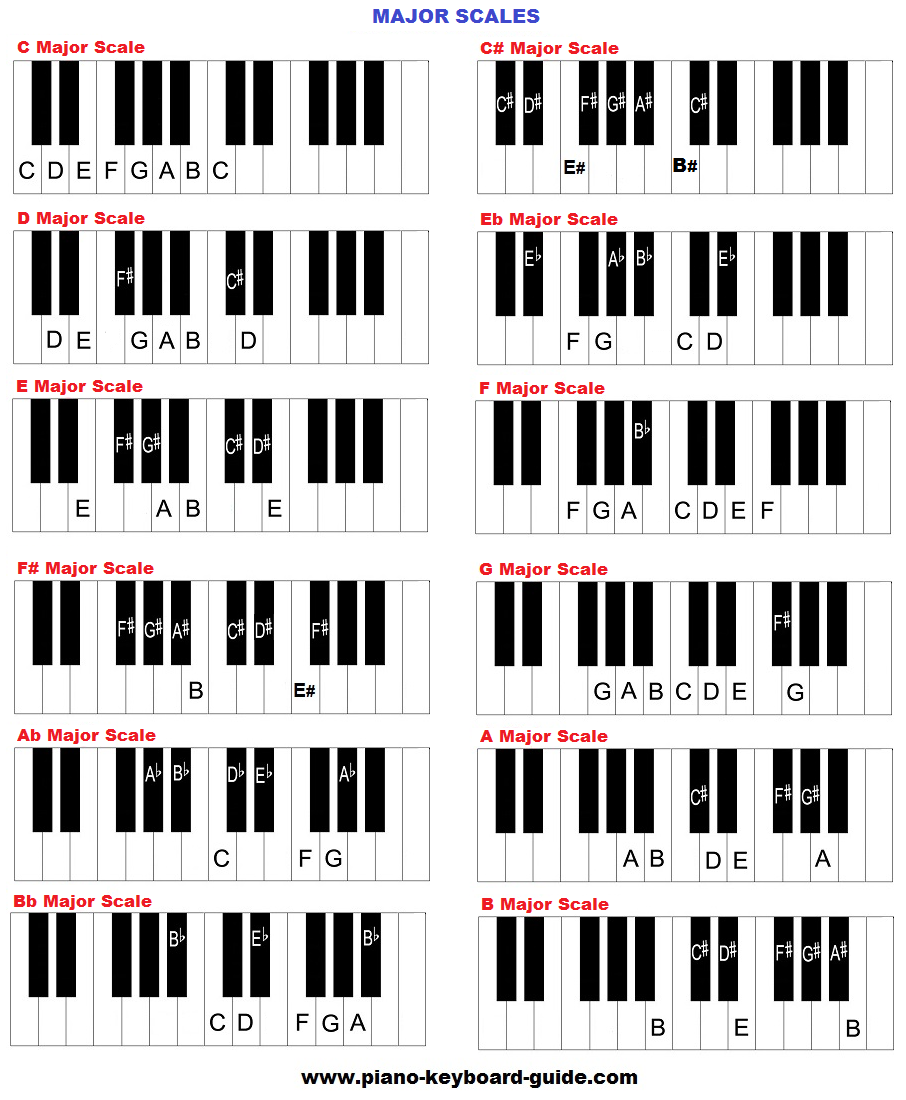

We know from our key signature of no sharps or flats that the song is either in C Major or A Minor.Īs we mentioned before, most songs will end on the tonic. First, let’s look at the very end of the song. Let’s use the popular Beatles tune “ Let it Be,” to dissect this method.

Likewise, the tonic chord is the chord built on the tonic note.

For example, in a C Major song, the tonic is C. The tonic is the note which a song’s key and scale are built on. Most importantly, we see a G Sharp popping up regularly (highlighted in green), which indicates the raised seventh in a minor key signature. Notice that there are multiple accidentals in the music, which is a strong indicator that we’re in a minor key. Let’s go back to “The House of the Rising Sun” and take a look at the sheet music. This raised seventh almost always shows up in minor keys. In harmonic minor scales, the seventh scale degree is raised. Luckily, we have a few visual methods as well! Method #2: Look for Accidentals Listen to “The House of the Rising Sun” by The Animals in A Minor and listen to the minor chords at the beginning and end of every phrase.īecause relative keys share all of the same chords, it can be very tricky to determine whether a song is major or minor. Identifying the key by listening alone can take years of practice and ear training. It’s worth noting that most popular music is written in major keys. Conversely, if the song sounds dark or gloomy and uses primarily minor chords, you’re probably in a minor key. When you’re listening to a piece of music, if the song sounds bright or happy and uses primarily major chords, you’re probably in a major key. Listen to the example below as it alternates back and forth between a C Major chord and a C Minor chord. Looking at the definition of relative keys often prompts the question: How can you tell if you’re in a major or minor key? We’re going to give you four methods you can use to figure it out! Method #1: ListenĮven if you’re struggling to determine the key of a song, you can likely still recognize the difference between major and minor chords. Check out the chart below to look at the entire list! Every key signature has a corresponding major and minor key. For example, G Major and E Minor are relative keys because they both share a key signature of one sharp. In music, relative keys are the major and minor keys that share the same key signature.


 0 kommentar(er)
0 kommentar(er)
